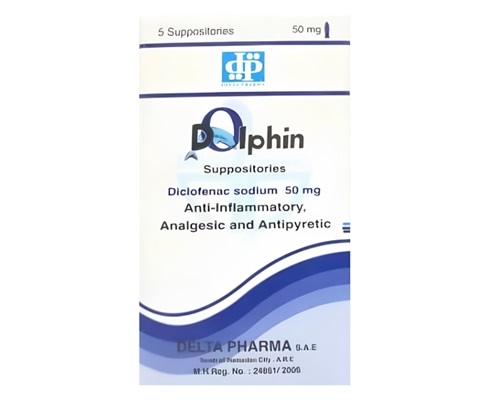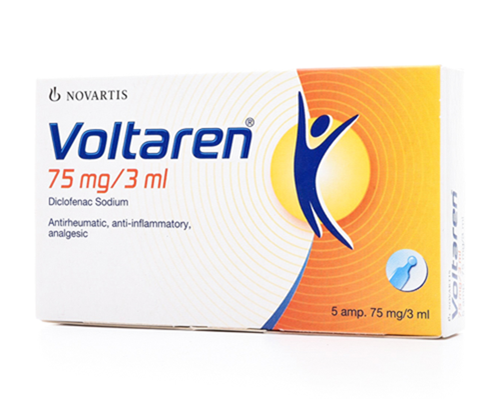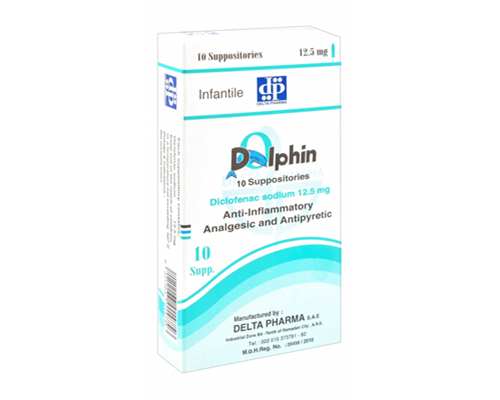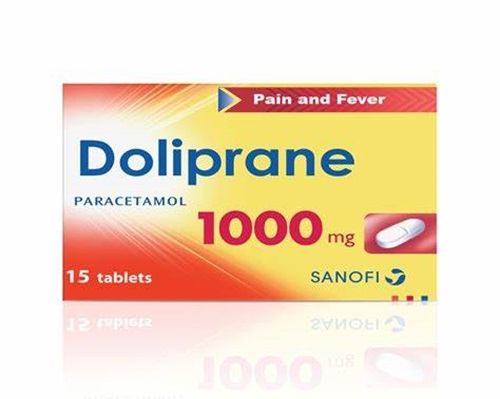Description
Trade name:
Panadol Advance
Compound:
Each tablet contains:
Paracetamol 500 mg
Auxiliary components:
Pregelatinized starch, calcium carbonate, crospovidone, povidone, magnesium stearate, colloidal anhydrous silicon, purified water.
Properties:
Analgesic-antipyretic. Has analgesic, antipyretic and weak anti-inflammatory action. The mechanism of action is associated with inhibition of prostaglandin synthesis, predominantly affecting the thermoregulation center in the hypothalamus.
Indications:
Pain syndrome of weak and moderate intensity of various origins (including headache, migraine, toothache, neuralgia, myalgia, algomenorrhea; pain in injuries, burns). Fever in infectious and inflammatory diseases.
Method of administration and dosage:
Maximum doses: single dose – 1 g, daily dose – 4 g.
Single doses for oral administration for children aged 6-12 years – 250-500 mg, 1-5 years – 120-250 mg, from 3 months to 1 year – 60-120 mg, up to 3 months – 10 mg/kg. Single doses for rectal administration in children aged 6-12 years – 250-500 mg, 1-5 years – 125-250 mg.
Frequency of use: 4 times a day with an interval of at least 4 hours. Maximum duration of treatment: 3 days.
Maximum dose: 4 single doses per day.
Contraindications:
Chronic alcoholism, hypersensitivity to paracetamol or other components of the drug. Children under 12 years of age.
Precautions:
Use with caution in patients with impaired liver and kidney function, with benign hyperbilirubinemia, and in elderly patients.
With prolonged use of paracetamol, it is necessary to monitor the peripheral blood picture and the functional state of the liver.
Side effects:
From the digestive system: rarely – dyspeptic phenomena, with prolonged use in high doses – hepatotoxic effect.
From the hematopoietic system: rarely – thrombocytopenia, leukopenia, pancytopenia, neutropenia, agranulocytosis.
Allergic reactions: rarely – skin rash, itching, urticaria.
Storage method:
Store at temperatures not exceeding 30 degrees









